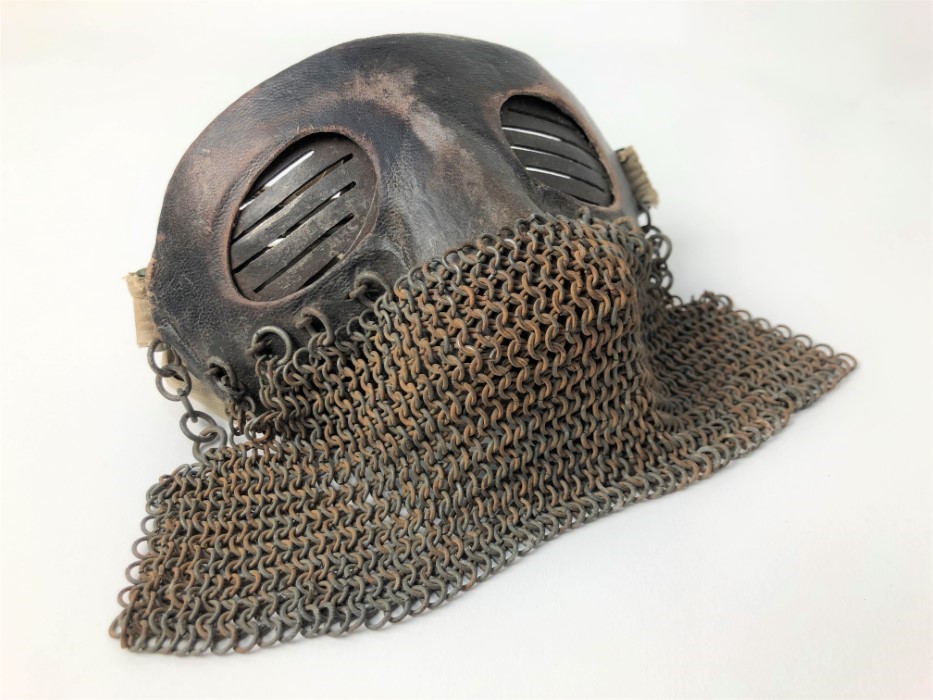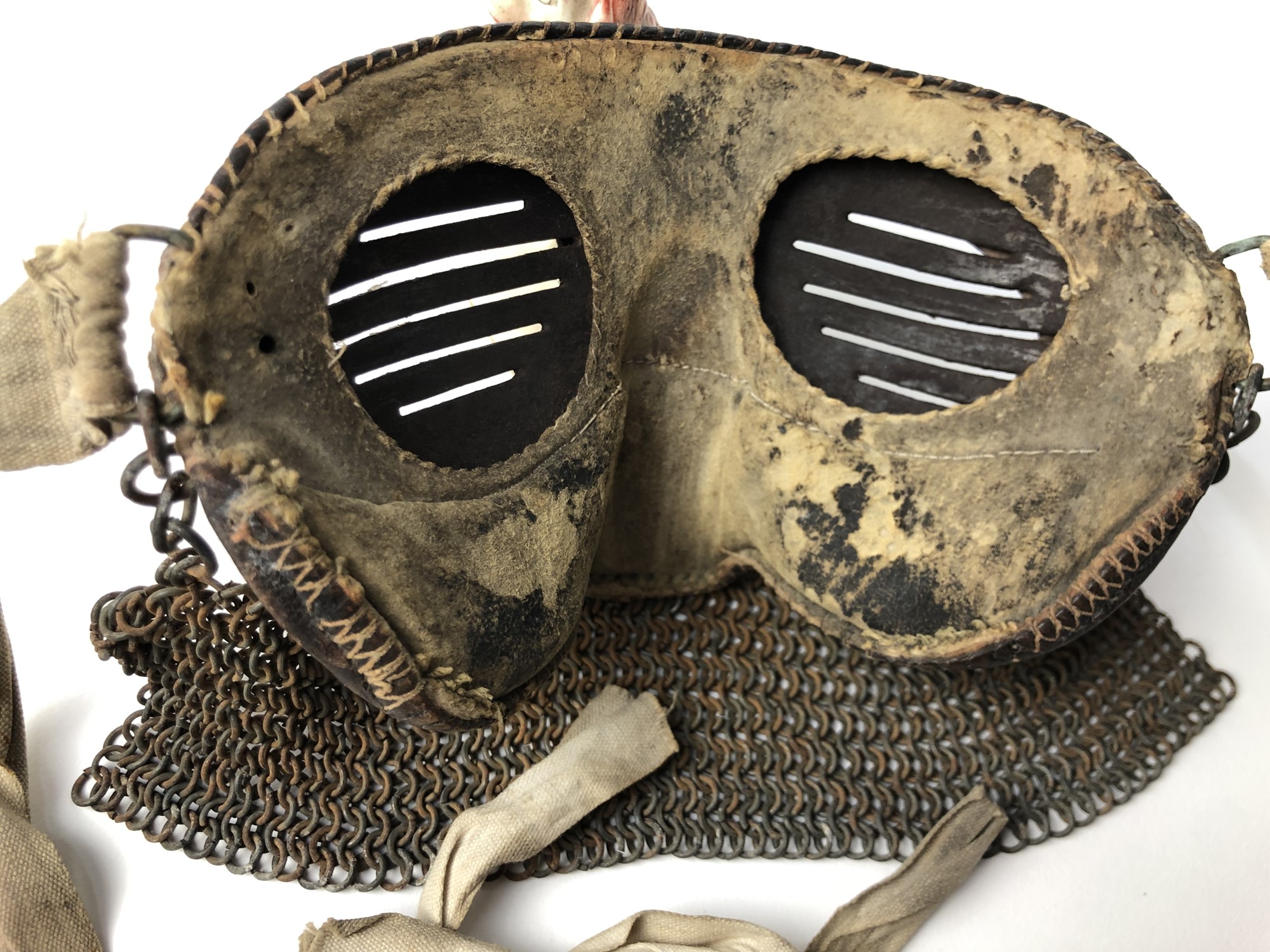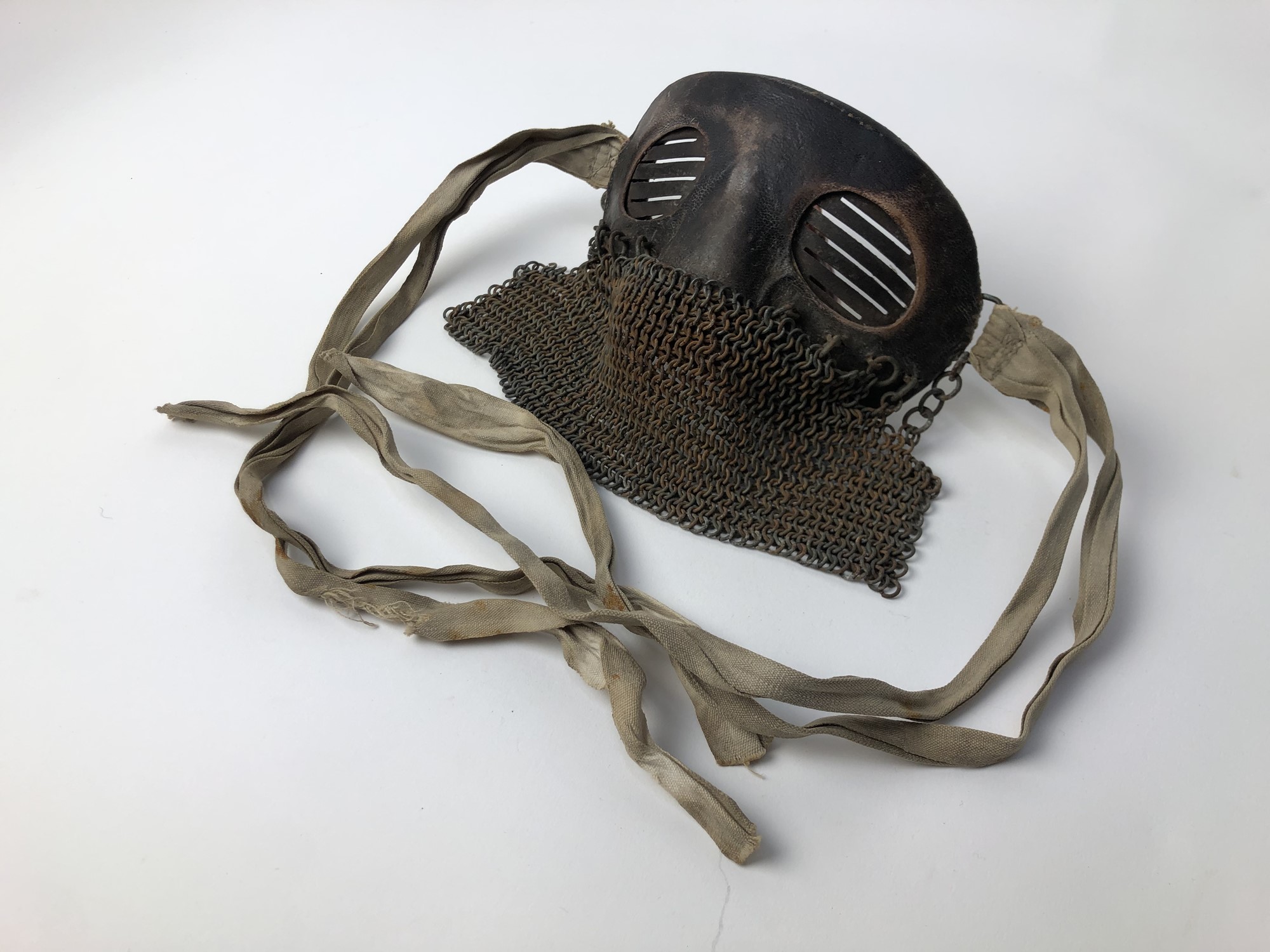

As the First World War descended into the stalemate of Trench warfare, the British top brass were looking at many revolutionary ideas in order to get a decisive edge on the western front, the tank was one of these ideas.
06/01/2022
The initial, rather clunky name for this new secretly weapon, was ‘the land ship’, however in order to preserve its secrecy, they were referred to as ‘tanks’ after factory workers found early prototypes bore a remarkable resemblance to steel water tanks!
The name stuck and by the start of the battle of Cambrai in late 1917, the British had more than 200 tanks in Flanders. Their introduction did not provide the decisive silver bullet so wanted by the allies, whilst they allowed the infantry to advance significantly they were hampered by poor reliability, meaning they often became sitting ducks on the battlefield.

Life inside a First World War tank was not much better. Soldiers inside early tanks often suffered from the inhalation of fumes due to a poorly ventilated interior, but worse than this horrible shrapnel injuries also occurred caused by a phenomenon known as ‘spalling’.
Spalling occurs when the energy from a round of ammunition or a shell impacts on the armour plate and the energy is transferred as a shockwave through the armour. This shockwave causes metal to be displaced as the wave cannot be dissipated in any other way. The resultant metal fragments are ripped loose from the inside walls and are projected into the interior at a very high and possibly lethal velocity.

As a result of this, specially designed masks were introduced in order to protect the crew of the tank from shrapnel injuries. Now over a century after the Armistice, such masks are rare survivors, more often than not with the details of their original owners lost along the way.
The mask we are fortunate enough to be selling in our March 2022 Collectors Auction is a wonderfully well-preserved example. The steel construction, visible through the eye holes has blackened over time, while the chain mail mesh, suspended from the mask is remarkably well intact, with some light rusting to the chain links. The masks leather covering remains completely intact, with the now 100 year old stitching, tightly binding the leather to the steel underneath. The mask would be tied to the wearers head, with what is almost certainly the original cotton retaining tabs still intact.

This remarkably well-preserved mask has an equally remarkable story. It was formerly the property of John Henry Small, known as Jack. He was born in Neath, South Wales on 3rd January 1892. At the age of 14 he started work in the local coal mines, before joining up at the age of 23 in 1915. The now Private Small, went on to serve in the Tank Corps, until he was badly injured during battle. He was reported as missing, presumed dead, until quite remarkably he turned up many months later in a French hospital run by nuns. He had been badly wounded by shrapnel in the temple, which left him with a huge indent in his forehead. As a result of his injuries, he was medically discharged from the army on 10th August 1918 (War Badge No. 434254). After the war ended he returned to South Wales, recovering and returning to work as a miner, going on to serve in the Home Guard in the Second World War, before he passed away on 16th April 1951, aged 59.
The mask will be offered for sale in Reeman Dansie’s next Specialist Collectors Auction in March 2022.
Featuring in our summer Specialist Collectors' Auction Tuesday 27th - Thursday 29th August | 10am.
A fine collection of antique Tiger and leopard skins feature in our August Fine Art sale, by direct family descent from the legendary huntsman Sir Archie William (Ibby) Ibbotson.
25/07/2024
Starring in our forthcoming Fine Art sale on the 6th and 7th of August is this evocative print by renown artist and printmaker Charles William Bartlett (1860-1940).
11/07/2024